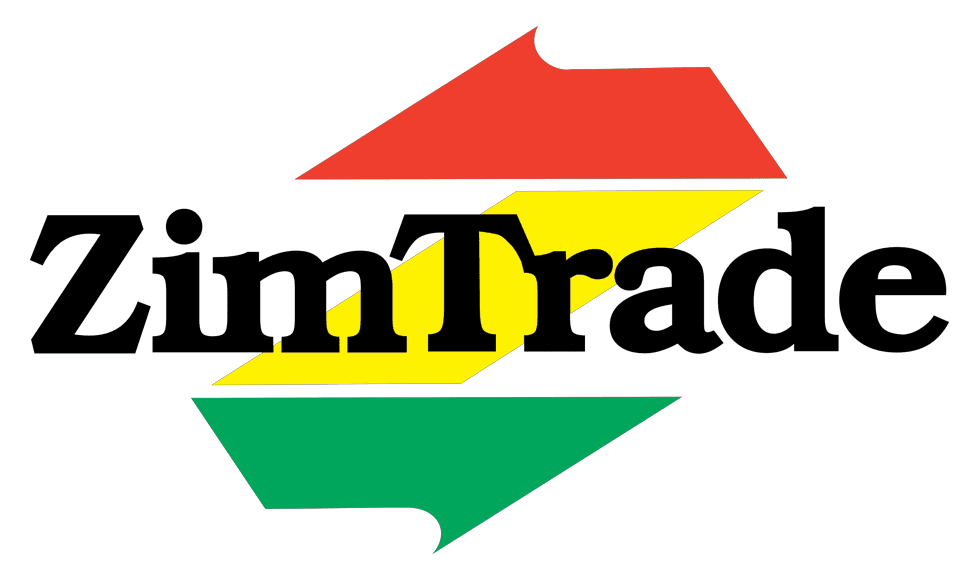The arts, creative, and cultural industries are a strategic area, whose potential to contribute towards national exports can be easily unlocked if initiatives are implemented to support local business.
The starting point is acknowledging that the creative sector has potential to promote the various facets of Zimbabwe’s rich culture, traditions, history, and heritage.
The National Export Strategy, launched by President E.D Mnangagwa in 2019 recognizes that Zimbabwe has strong creative artistic flair and the arts and crafts sector contributes significantly to employment creation and assist many communities in both rural and urban areas to earn a living.
Zimbabwe arts and crafts include decorative aesthetics applied to utilitarian objects, objects used in religion and many other spheres.
The diverse products from the sector include pottery, basketry, textiles, jewellery, wood carvings and stone sculpture.
Zimbabwe is currently known as top producer of stone and metal sculptures as well as handicraft products, such as baskets.
For a long time, stone sculptures have defined the Zimbabwe’s offerings to the world, with artists like Dominic Benhura and Agnes Nyanhongo positioning themselves uniquely in international markets through provision of products that are of high quality and consistent standards.
In recent years, Zimbabwe’s offerings such as basket weaving, wood carvings, metal sculpting, music and performing arts have been gaining traction in international markets, particularly in Asia and Europe.
Products from the arts and crafts sector reaching regional and international markets such as South Africa, Namibia, Europe, China, and Singapore.
To improve the contribution of the arts and crafts sector to the economy in general, and exports in particular, there is need to develop capacities of local producers so that they produce more unique products that respond to contemporary global trends.
Already, President Mnangagwa’s Second Republic has committed to ensure that creatives are supported so that they can grow in national importance and economic value.
For example, Cultural and Creative Industries Strategy (2020-2030) currently under implementation is targeted at strengthening and transforming the creative industry at all levels to improve their contribution to inclusive sustainable economic growth and development.
Complementing Government’s efforts by consolidating support and address constraints affecting creatives will go a long way in improving their contribution to national exports.
For example, ZimTrade – the national trade development and promotion organization – facilitated for the participation of local players at the Ambiente trade fair, currently underway in Germany until 7 February 2023.
The first-time participation of local companies at the largest arts and crafts fair in Germany is designed to create stronger and direct linkages between local creatives and buyers in international markets.
ZimTrade is also developing export clusters for arts and crafts sectors in provinces such as Masvingo, and Matabeleland North to develop capacities of producers.
These are just a few of the interventions required, but more work needs to be done.
For example, the art and crafts industry across the world was greatly impacted by the COVID pandemic, and Zimbabwean businesses were not spared.
In most cases sales plummeted due to decrease in orders and low visibility of products.
When most countries implemented travel restrictions, producers who had relied on tourists for their sales – such as those in resort towns – saw huge drop in sales.
Figures show that Zimbabwe’s exports from arts and crafts sector fell from US$10.4 million in 2019 to US$5.3 million in 2020.
During the same time, the global import value of works of art, collectors’ pieces and antiques dropped from US$30,82 million to US$19,18 million.
Looking at the current trade structure, there has been improvements for Zimbabwean artists thanks to an array of programmes that have been implemented.
For example, to address the trade gap and ensure continued visibility of Zimbabwean products in international markets, ZimTrade has been implementing deliberate export promotion programmes targeted at the arts and crafts industry since the onset of the pandemic.
Through the new approach, key international buyers were facilitated to visit and engage with local crafters in Zimbabwe.
Further to this, ZimTrade developed Shop@Zim, an online platform designed to make it easy for buyers across the world to connect with local artists.
These activities, coupled with programmes implemented by other partners paid off.
According to Zimstat, exports from the arts and crafts sector recorded increase of 56.6 percent between January-December 2021, to US$8 million, from US$5.2 million recorded during the same period in 2020.
To ensure continued export growth and improved visibility in international markets, local artists need to take up space and engage in online platforms specific to the sector.
With the increase of online trade, registering on online trade platforms has been a necessarily strategy to increase visibility and sales.
An example of good online platforms include, Etsy, Amazon, Kitoko London, among others.
These platforms accommodate art and crafts according to how they would fit in the different markets and also depending on how they will reach the final destination (logistics).
Participating on online art galleries such as Picasso Artists (https://picassoartists.com/) and Art Talent Fair (https://arttalentfair.com/) showcases can also boost the industry and give more recognition to artists.
However, for these platforms to facilitate meaningful trade where local producers have capacity to meet high demand,
There is need to develop supportive and facilitative infrastructure.
These include establishing centers of excellence where producers consolidate ideas and products.
Whilst this is happening, players in the creative industries also need to organize themselves and establish functional associations that are business focused.
These will help pull resources to participate in international trade fairs, make it easy to organize logistics, among other benefits.
There is also need for artists to establish working relations with reputable marketing agents in international markets, who will help push local products in hard-to-reach markets.
A good marketing agent will also be a useful tool for artists to improve on external factors like packaging products and services in an attractive manner for desired markets.
Marketing agents also assist artists to gain clientele and perspective into market requirements and preferences.
The music industry has managed to succeed in this area with agents/managers attaining collaborations with artists from the region and beyond.
In addition, creating stronger linkages between local artists and Zimbabweans based in the diaspora play a critical role in promoting Zimbabwean arts and crafts in the same way they do for foods and other manufactured goods.
Networks that endeavor to direct foreign currency into the various creative industries through collaborations, creations and innovations must be promoted.
When looking for promoters of local pieces in international markets, the diaspora communities must be included.
This will not only ensure a ready market for local artists but also increase the penetration of local cultures in international markets, which in turn will stimulate growth for creative industry in Zimbabwe.







